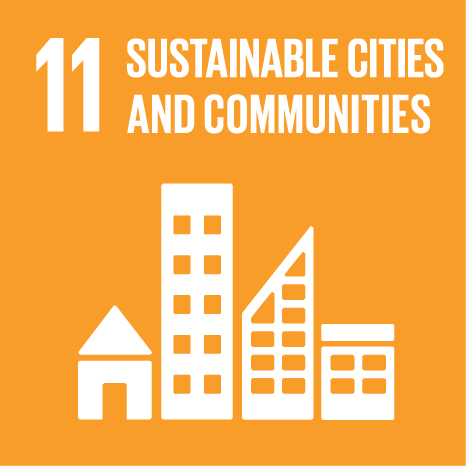Ciência_Iscte
Publications
Publication Detailed Description
“Urbanistic Architecture” according to Raul Lino. Visions of the Portuguese city in the first half of the 20th century (1900-1948)
Journal Title
Enquiry The ARCC Journal for Architectural Research
Year (definitive publication)
2020
Language
English
Country
United States of America
More Information
Web of Science®
Scopus
Google Scholar
This publication is not indexed in Overton
Abstract
Over a period of nearly one hundred years, Raul Lino (1879-1974) experienced the profound political, social and economic changes that marked the twentieth century in Portugal. Having been born during the Constitutional Monarchy (1822-1910), he lived through the First Republic (1910-1926), the Military Dictatorship (1926-1933), the Second Republic, or Estado Novo (New State, 1933-1974), and died shortly after the Carnation Revolution of 25 April 1974, at the dawning of the Third Republic. He was an architect who published prolifically in Portugal, having become known through his advocacy of the Campanha da casa Portuguesa (Portuguese House Campaign), which provoked a great deal of controversy. The debate peaked with the Polémica da casa Portuguesa (Polemic of the Portuguese house) at the Calouste Gulbenkian Foundation in 1970, after the inauguration of the retrospective exhibition on Raul Lino. He is less known for the quality of his transversal synthesis conceived between urbanism, architecture, the decorative arts, and its underlying affirmation of an idea of the city, which we conjecture from our analysis of his narrative. This analysis concentrates on eleven case studies that encompasses architectural projects, urbanistic plans and technical advice limited to the first half of the 20th century. The broad, cross-disciplinary position of Lino was defended in the same year as the First National Architecture Congress (1948), whose proposals ratified in Portugal the orthodoxy principles of modern architecture and urban planning for the new universal man-type, established in 1933 by the International Congresses of Modern Architecture (CIAM). Quoting Aristotle, Raul Lino conceived the city as the locus of happiness, shaping forms of consensus between tradition and modernity by means of an architecture at the scale of man and in proportion to his circumstance, consistently outlining a modern possibility of continuity.
Acknowledgements
I would like to thank Paulo Tormenta Pinto, Rui Jorge Garcia Ramos and Raquel Henriques da Silva for the recognition and encouragement, to several colleagues, all of the reviewers envolved and the editor of ENQ for their precious contributions. Also in vi
Keywords
Raul Lino,Architecture,City,Circumstance,Continuity
Fields of Science and Technology Classification
- Arts (arts, history of arts, performing arts, music) - Humanities
Contributions to the Sustainable Development Goals of the United Nations
With the objective to increase the research activity directed towards the achievement of the United Nations 2030 Sustainable Development Goals, the possibility of associating scientific publications with the Sustainable Development Goals is now available in Ciência_Iscte. These are the Sustainable Development Goals identified by the author(s) for this publication. For more detailed information on the Sustainable Development Goals, click here.

 Português
Português


